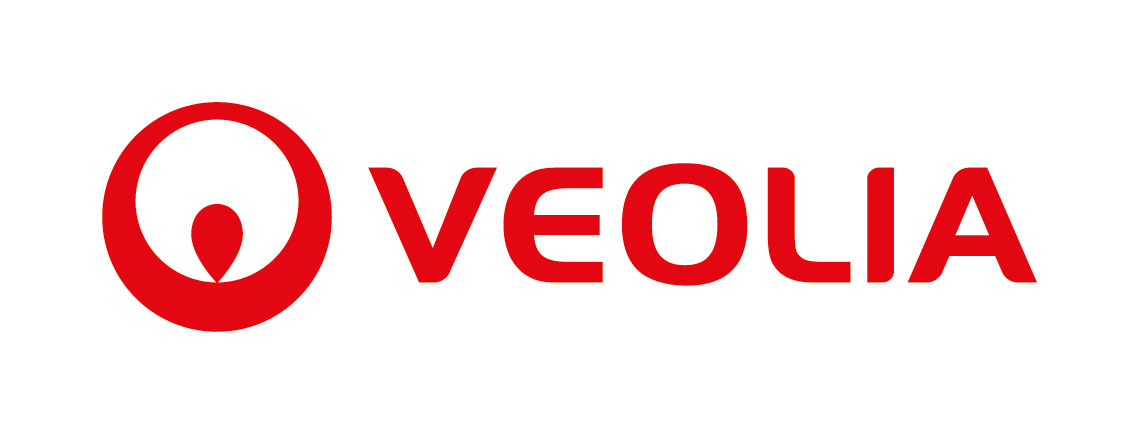The water sector is facing significant challenges in treating wastewater, with aging infrastructure, growing population needs, urbanisation, and climate change, all putting pressure on the environment across the UK.
Biological process intensification augments the mass of active microorganisms within a given control volume, thus increasing the treatment capacity and enhancing the effluent quality of existing wastewater treatment infrastructures. This enables the achievement of the more consent set by the UK regulator in terms of ammonia, total nitrogen and phosphorus.
A wastewater treatment facility operated by United Utilities (UU) treating an average flow of 151 MLD has been recently retrofitted with the zeeDENSE MABR densification solution to face tightening ammonia discharge limits (from 6 to 2 mgNH4-N/L), poor settling sludge (SSVI3.5 up to 120 mL/g), and projected growth (including flow increase).
* Trademark of Veolia; may be registered in one or more countries.

